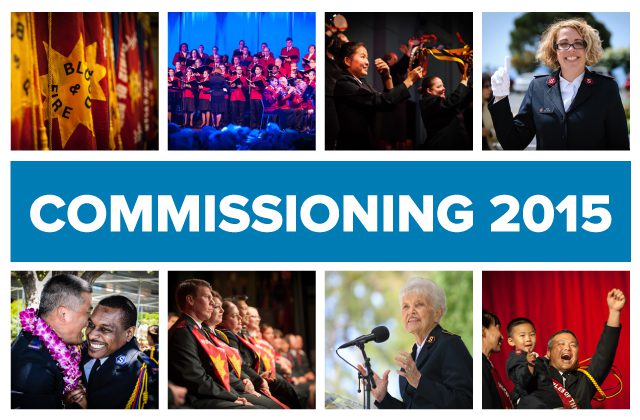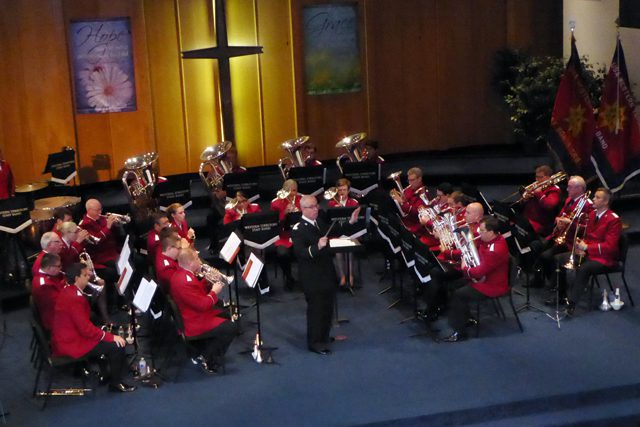By Sheila Chatterjee –
As our organization approaches its meaningful 150th anniversary milestone this July, we naturally cast our minds back to the figures who worked tirelessly to lay the foundations upon which we now rely. In order to celebrate our history as a whole—a history filled with countless stories of sacrifice, bravery and commitment—the Museum of the West hosted a 2015 Commissioning display in the lobby of the Pasadena Convention Center to shine a spotlight on two inspiring stories.
In Los Angeles in the early 1900s, the Army operated Industrial Homes and Industrial Stores, precursors to today’s Adult Rehabilitation Centers and thrift stores. From time to time, these enterprises were subject to criticism from local governments who viewed them as profit generators in the guise of charities. This was certainly the case when the mayor and council of Los Angeles passed two ordinances creating a Municipal Charities Commission. Charities were licensed under two conditions: that all funds collected be under the control of persons who were local residents and that all funds be spent locally. The Salvation Army was denied a license on the grounds that it was a national, rather than local, organization.
Commissioner Thomas Estill, under the advisement of legal counsel, worked tirelessly with the commission for over 18 months in order to resolve the issue to no avail. All soliciting funds for charitable purposes had been prohibited and Industrial Stores closed during this time. Finally, to put the matter to a judicial test, Major William Dart opened an Industrial Store, sold some clothing and was arrested. He was treated courteously and became the unofficial prison chaplain. Public opinion was in favor of the Army and they resolved to fight the case in the courts. On Feb. 3, 1916, the California Supreme Court sided unanimously with The Salvation Army.
The second story selected for our display took place much earlier in Victorian England. As part of his “In Darkest England” program, General William Booth turned his attention to the ills of the factory system. Specifically, he concentrated on Phossy Jaw, an agonizing and disfiguring ailment caused by repeated exposure to phosphorus vapors in matchstick factories. As early as 1838, governments across Europe investigated deplorable conditions in matchstick factories but did nothing to implement recommended improvements.
In response to this injustice, The Salvation Army purchased a derelict building in East London in 1891. They converted it into a fair wages for fair work factory producing “Lights in Darkest England” brand matches, made with a less hazardous form of phosphorous. By 1892, the British government instituted new ventilation ordinances for matchstick factories and by 1908 an international ban was placed on the production of phosphorous matches. Once again, the actions of The Salvation Army awoke public conscience.
In addition to featuring these moving stories, the museum display included a timeline of Salvation Army history over a backdrop of historical photos. Including everything from emergency relief vehicles to donut girls, the photos conveyed a sense of the immeasurable impact of The Salvation Army has had on mankind over the last 150 years.
Visit the museum’s historical photo database for more.












